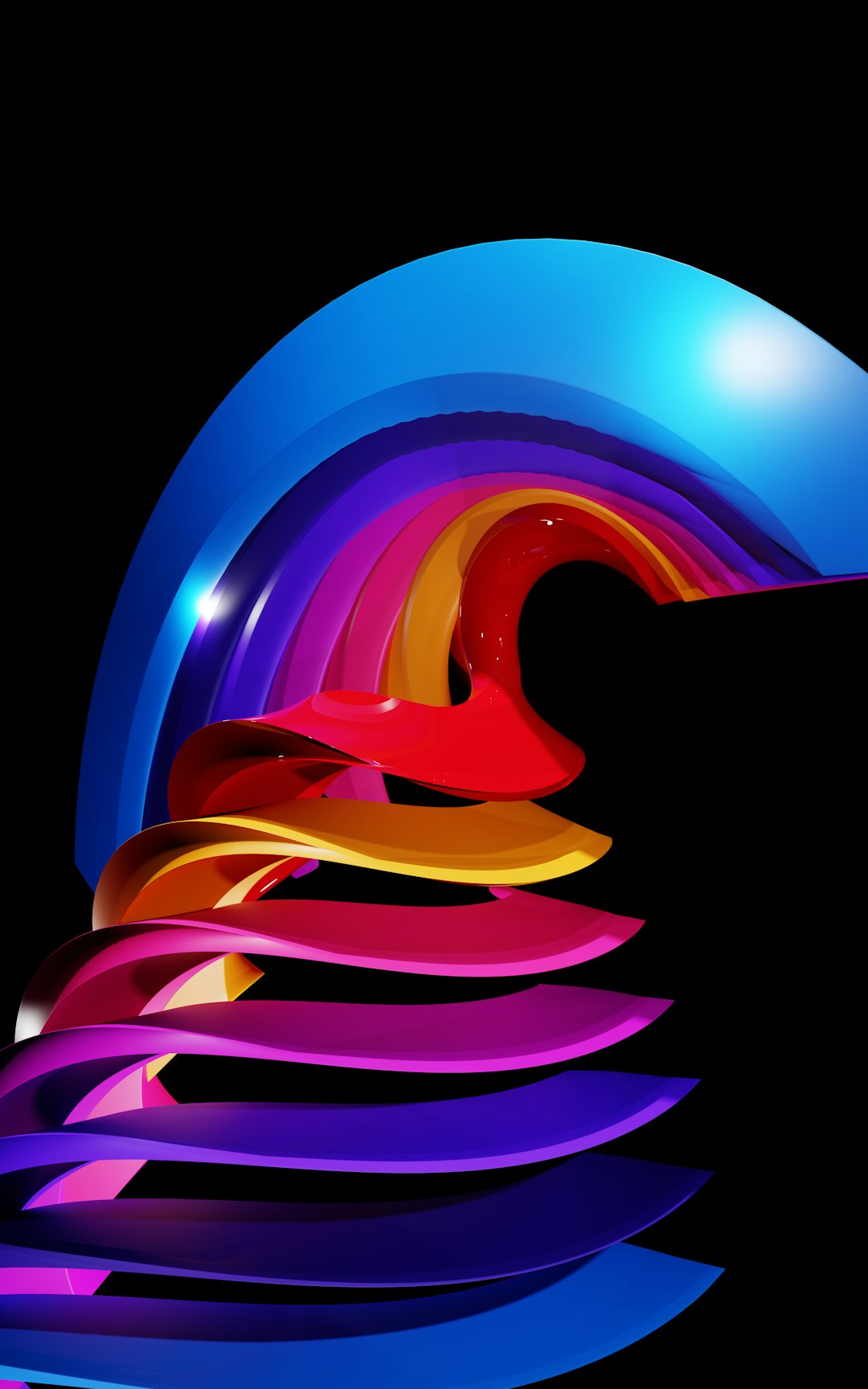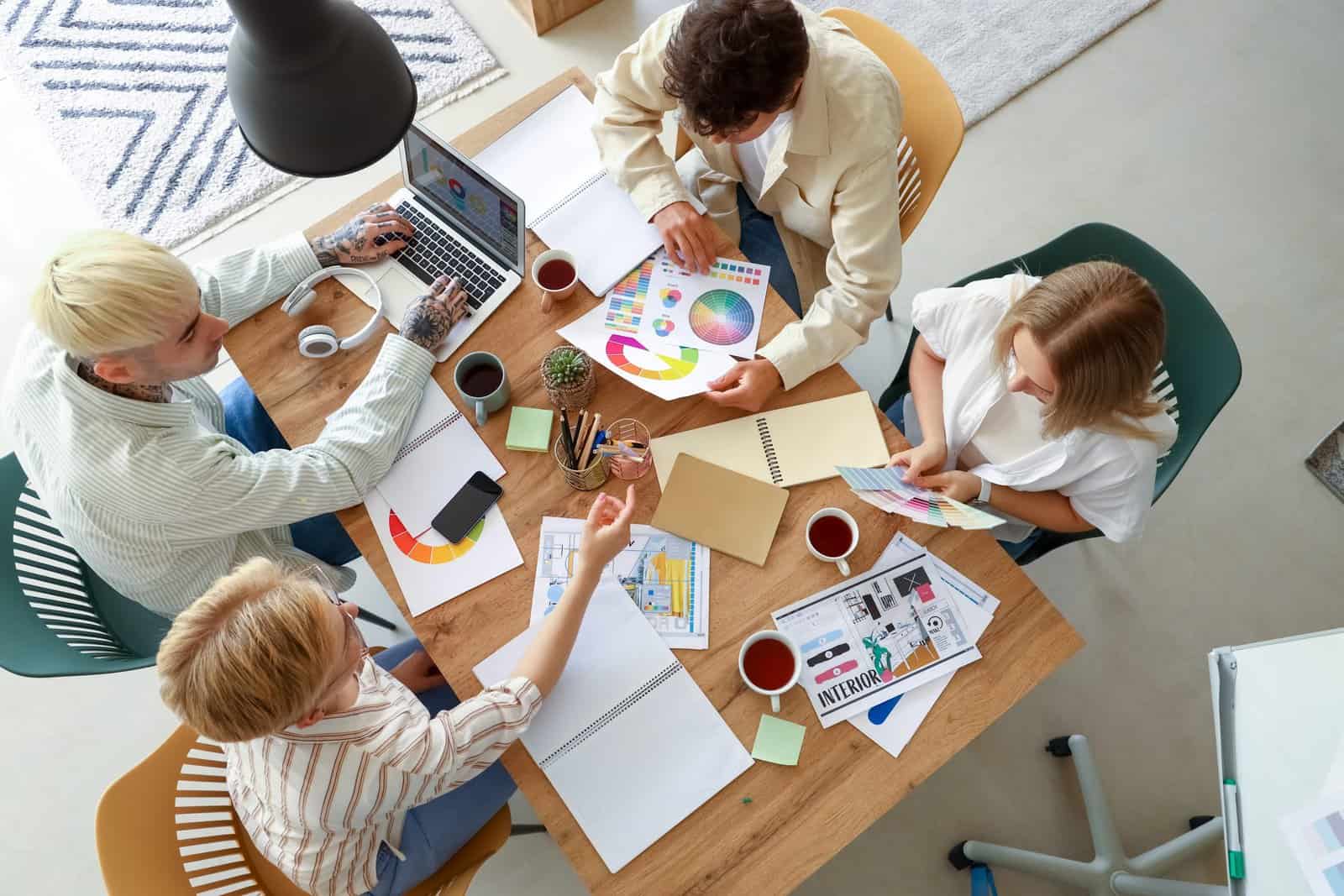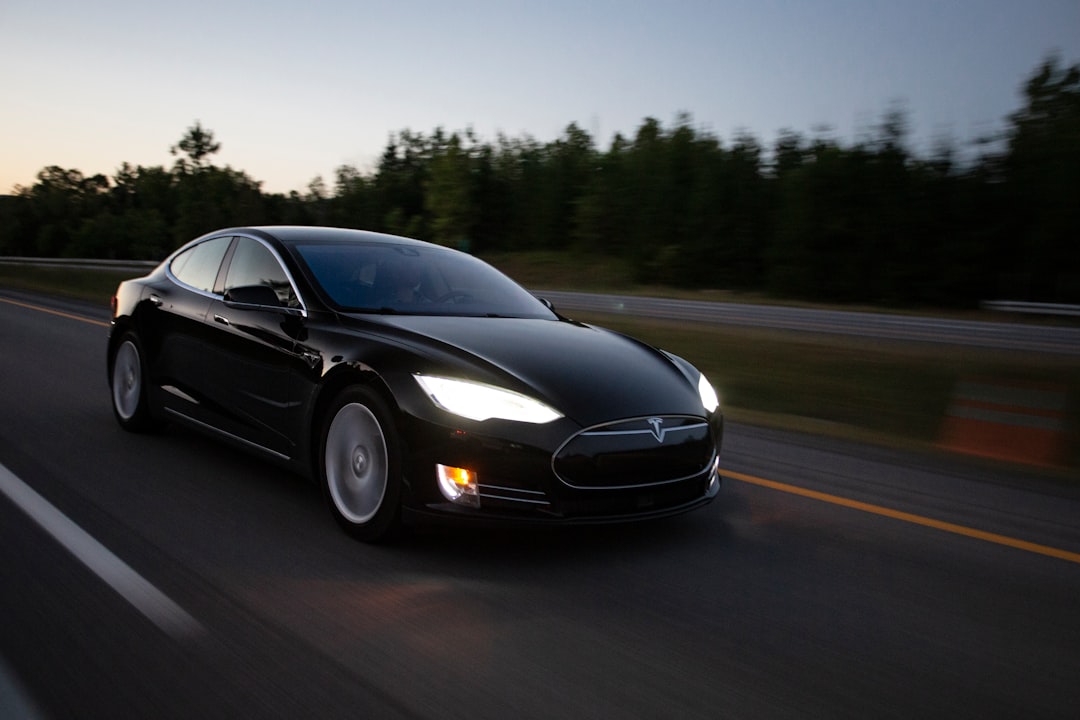Imagine handing over your brand’s visual identity to a machine — not just to streamline the process, but to generate color combinations and visual pairings that a human designer might never risk. With the advent of advanced AI logo design tools, we’ve begun to see a shift not just in *how* logos are created, but in *what* they look like. These tools aren’t just faster or more efficient — they’re bolder and more experimental, often tapping into design territories that push the envelope of traditional aesthetics.
The Evolution of Logo Design
Traditional logo design has always been rooted in human creativity — pulling from a mix of art theory, psychology, cultural trends, client requirements, and gut instinct. For decades, designers followed tried-and-true palettes. Blue for trust, red for urgency, green for eco-friendliness. While there’s proven science behind these associations, there’s also an inherent conservatism in playing by the rulebook. Enter Artificial Intelligence.
AI in design is not a new phenomenon, but its capabilities have grown significantly in recent years. Today’s AI-powered tools can process massive datasets of existing logos, analyze trends across industries, and generate an array of designs at lightning speed. What’s more intriguing, however, is their willingness to throw caution to the wind — especially when it comes to colors.
Why Color is the AI Wild Card
Color selection can make or break a logo. It not only determines aesthetic appeal but also conveys underlying messages: seriousness, playfulness, luxury, innovation. Human designers, constrained by cultural expectations and client fears, often steer clear of color combinations labeled as too loud or controversial.
But AI tools have no such biases. They don’t sweat client preferences or second-guess their own decisions. Instead, they pull from a wide array of inspiration — including art, nature, fashion, and social media — to create combinations that frequently surprise even the boldest of designers.
Let’s break down how these tools operate and why they’re becoming a valuable asset in the branding world.
AI Logo Design Tools in Action
When you interact with an AI logo generator, you usually start by entering your company’s name, tagline, industry, and general aesthetic preferences (i.e., modern, minimalist, playful, luxury). In a matter of seconds, the AI processes this input and delivers dozens of options — each featuring unique combinations of icons, typography, and yes, colors.
Some AI platforms even go a step further by letting you choose color themes or allowing the machine to completely take over. The results? Often striking, unexpected, and memorable.

Unexpected Color Pairings
- Coral and Teal: A vibrant mashup that blends warmth with calmness — often ignored by traditional designers who might see it as too quirky.
- Mustard Yellow and Lavender: A mix of retro and chic vibes that surprisingly works, especially for fashion or lifestyle brands.
- Black and Neon Green: Electric and high-contrast, perfect for tech startups or music brands targeting younger audiences.
AI isn’t bound by human caution. It doesn’t worry whether mustard yellow violates corporate norms — it simply selects what performs well in visual tests or draws from big data analysis on trending palettes.
How AI Learns to Choose Colors
The core technology behind these AI-driven color choices is machine learning, specifically deep learning models trained on massive databases of visual content. These algorithms analyze millions of logos, posters, websites, and social media visuals. They recognize what catches attention, which combinations perform better in surveys, and how colors impact memorability.
In addition to data, they learn from *user feedback loops*. Every time a user selects a preferred AI-generated logo, the tool learns which combinations are more likely to charm others. Over time, this results in smarter, more daring outputs.
Advantages of AI-Driven Color Selection
- Data-Backed Choices: Decisions are informed by millions of data points rather than vague intuition.
- Speed: What may take a human hours or days can be completed in moments.
- Risk-Free Experimentation: AI can push boundaries without fear, presenting more options than a human might consider viable.
- Instant Customization: Users can immediately tweak and regenerate results, giving them more flexibility.
Breaking the Psychological Mold
In psychology, there’s a term called design fixation — the tendency to stick with familiar patterns. Human designers often fall into this trap, adhering to color conventions because they’ve worked in the past. AI, however, doesn’t suffer from this limitation. It evaluates visuals analytically and creatively, delivering solutions outside the human comfort zone, yet often still aligned with current design trends.
This quality makes AI logo tools appealing not just for startups that want to differentiate, but also for large companies aiming to rebrand with a fresh, tech-driven edge. Risk now feels less like a gamble and more like a calculated strategy.

When AI Chooses What You’d Fear
Take, for example, a minimalist fintech startup that ends up with a bold magenta and navy logo combination—suggested entirely by AI. Initially dismissed by the human team, further testing revealed that users perceived the brand as “modern,” “unconventional,” and “trustworthy but bold.” It quickly became their signature identity.
The truth is, the right combination of visual freshness and familiarity creates memorability. AI logo tools excel at striking this middle ground.
Best AI Logo Tools That Challenge Color Norms
Here are a few of the most innovative platforms currently making waves in AI logo design:
- Looka: Offers high customization with AI-powered style suggestions and vivid color palettes.
- Wix Logo Maker: Known for generating color-rich logos that align with modern web aesthetics.
- Zyro: Intuitive and quick, often favoring bold fonts and unexpected color duos.
- Tailor Brands: Allows you to prioritize traits like edgy, feminine, or futuristic, adjusting colors accordingly.
Each of these tools is designed to go beyond cookie-cutter templates. Their use of dynamic color intelligence gives users a real edge when they want their branding to stand out in a saturated market.
Navigating Client Expectations with AI
Of course, not every client is ready to embrace AI’s bold choices. Designers using these tools must still act as interpreters between machine-generated ideas and practical brand execution. Here are a few ways to bridge that gap:
- Use A/B Testing: Present multiple options and let analytics guide which resonates best with audiences.
- Explain the “Why”: Pair each AI-generated suggestion with data or theory that supports its effectiveness.
- Gradual Integration: Introduce risky color elements into secondary branding materials first — and measure reaction.
These techniques balance the radical potential of AI with the human need for rationale and familiarity.
The Future of AI in Brand Identity
As AI continues to evolve, it’s likely that we’ll see even more personalization in logo creation — responsive to audience emotion, device interaction, and real-time cultural trends. Future tools may even suggest color shifts based on seasonal norms or user demographics.
Ultimately, the role of the human designer will remain crucial — not as the sole creator, but as a curator. AI will handle the chaos and creativity, and people will provide the filter, the context, and the brand storytelling that no machine can fully replicate. But when it comes to color? Maybe it’s time to trust the machine and go magenta when your gut says navy.

After all, the logos that get noticed are not always the safest ones — they’re the ones that dare to be different.